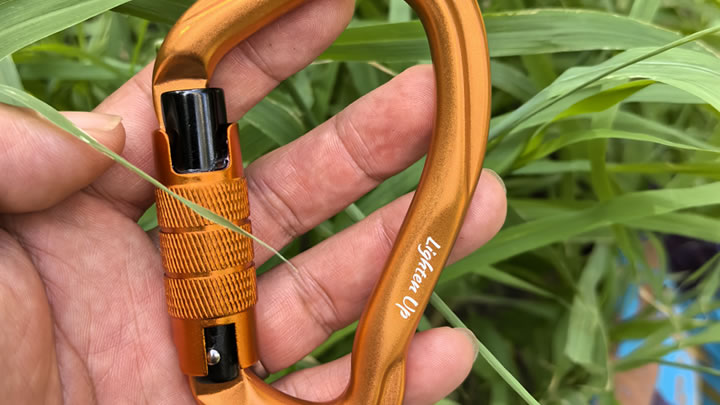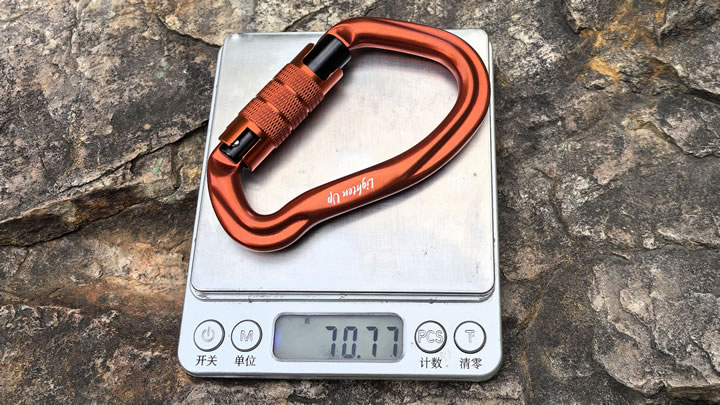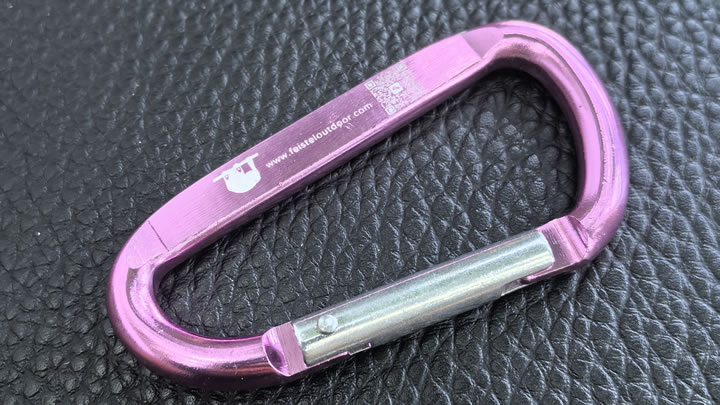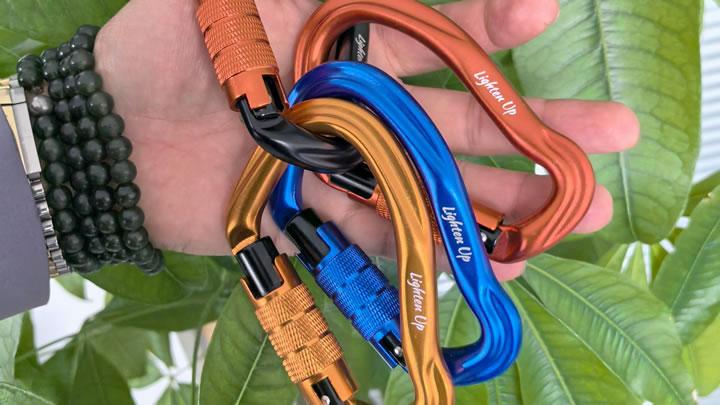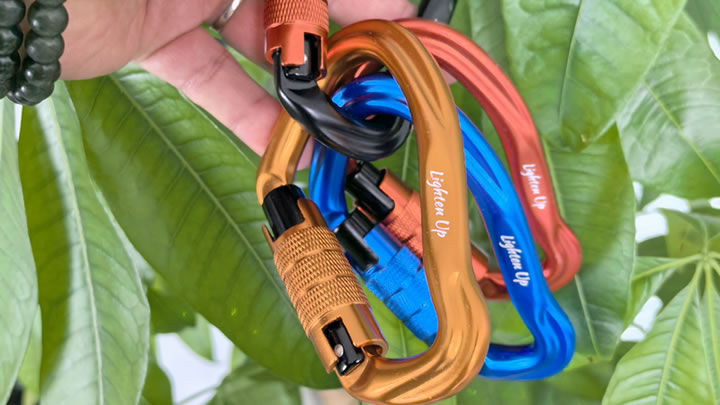What is the best material for a walking stick? (wood vs. aluminum vs. carbon fiber)
Choosing the right material for a walking stick impacts comfort, durability, and functionality. Whether for daily mobility, hiking, or style, this guide compares wood, aluminum, and carbon fiber to help you make an informed decision.

1. Wooden Walking Sticks: Classic but Limited
Pros:
- Aesthetic Appeal: Ideal for decorative or traditional use (e.g., antique designs, carved patterns).
- Natural Feel: Warm grip texture suits short walks or light support.
- Customizable: Easily carved or painted for personalization.
Cons:
- Heavyweight: Not ideal for long-term use or users with weak grip strength.
- Less Durable: Prone to cracking, splintering, or moisture damage.
- Fixed Height: Most lack adjustability, limiting versatility.
Best For: Occasional use, fashion statements, or lightweight support on flat terrain.
2. Aluminum Walking Sticks: Affordable & Versatile
Pros:
- Lightweight: Easy to carry for seniors or daily commuters.
- Adjustable: Telescopic designs adapt to height changes (e.g., 28″–38″ range).
- Weatherproof: Resists rust, corrosion, and temperature fluctuations.
- Budget-Friendly: Prices typically range from 20–20–50.
Cons:
- Vibration Transfer: Less shock absorption on rocky trails.
- Generic Look: Lacks the uniqueness of wooden sticks.
Best For: Everyday mobility, travel-friendly folding sticks, or users needing height customization.
3. Carbon Fiber Walking Sticks: Premium Performance
Pros:
- Ultra-Lightweight: Up to 30% lighter than aluminum, reducing fatigue.
- Shock Absorption: Dampens impact on joints during hiking or uneven terrain.
- High Strength: Supports heavier weights (300+ lbs) without bending.
- Modern Design: Sleek, minimalist aesthetic appeals to active users.
Cons:
- Expensive: Costs 80–80–200+, limiting budget buyers.
- Less Customizable: Fewer decorative options compared to wood.
Best For: Hikers, arthritis sufferers, or users prioritizing durability and weight savings.
Key Comparison Table
| Feature | Wood | Aluminum | Carbon Fiber |
|---|---|---|---|
| Weight | Heavy | Light | Ultra-Light |
| Durability | Moderate | High | Very High |
| Adjustability | Rare | Yes | Limited |
| Cost | 15–15–100 | 20–20–50 | 80–80–200+ |
| Best Use Case | Decorative/Short walks | Daily mobility | Hiking/Active use |
How to Choose Based on Your Needs
- Seniors/Arthritis: Opt for aluminum (lightweight + adjustable) or carbon fiber (joint relief).
- Hikers/Outdoors: Prioritize carbon fiber for shock absorption on trails.
- Budget Shoppers: Aluminum offers the best value for money.
- Style Seekers: Wooden sticks add timeless elegance.
Maintenance Tips
- Wood: Sand and apply linseed oil quarterly to prevent cracks.
- Aluminum: Wipe with a damp cloth; check screw tightness monthly.
- Carbon Fiber: Avoid extreme heat; clean with mild soap.

